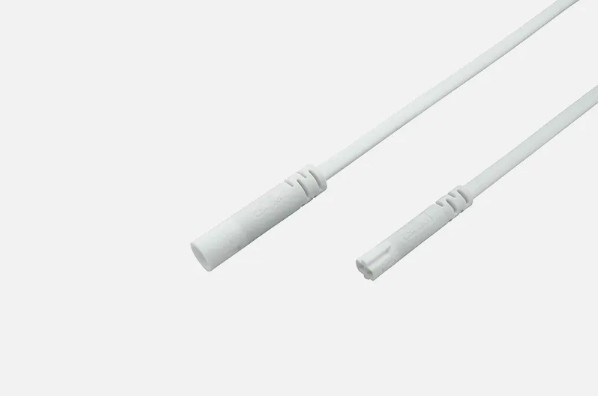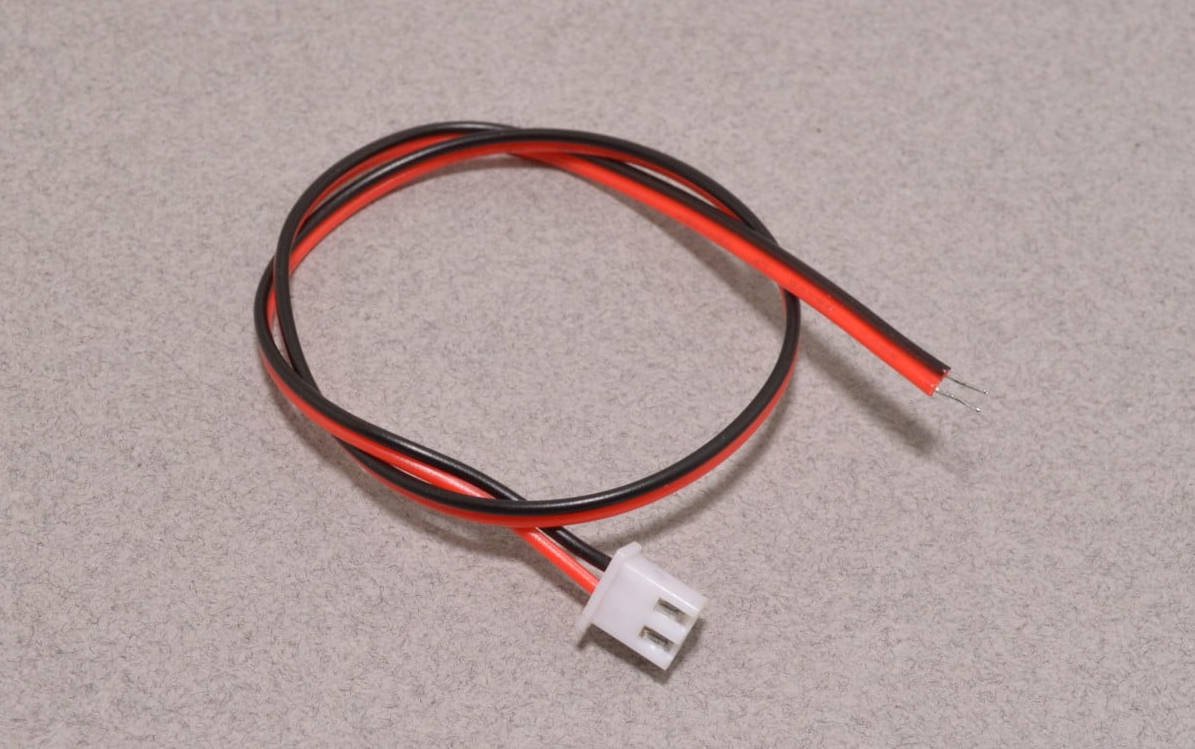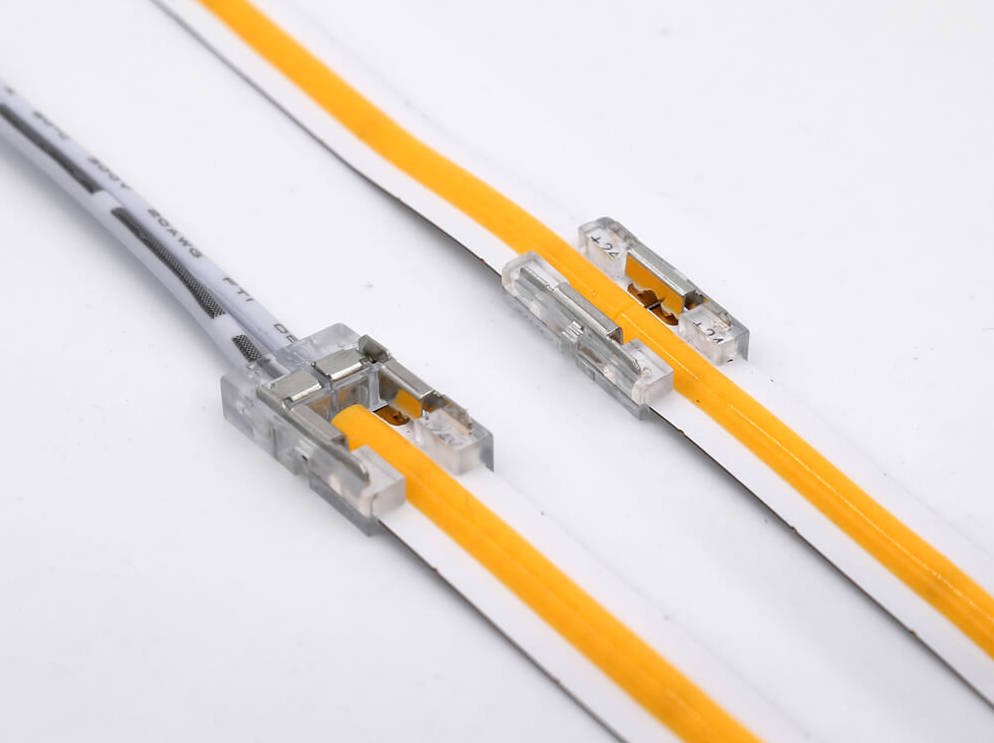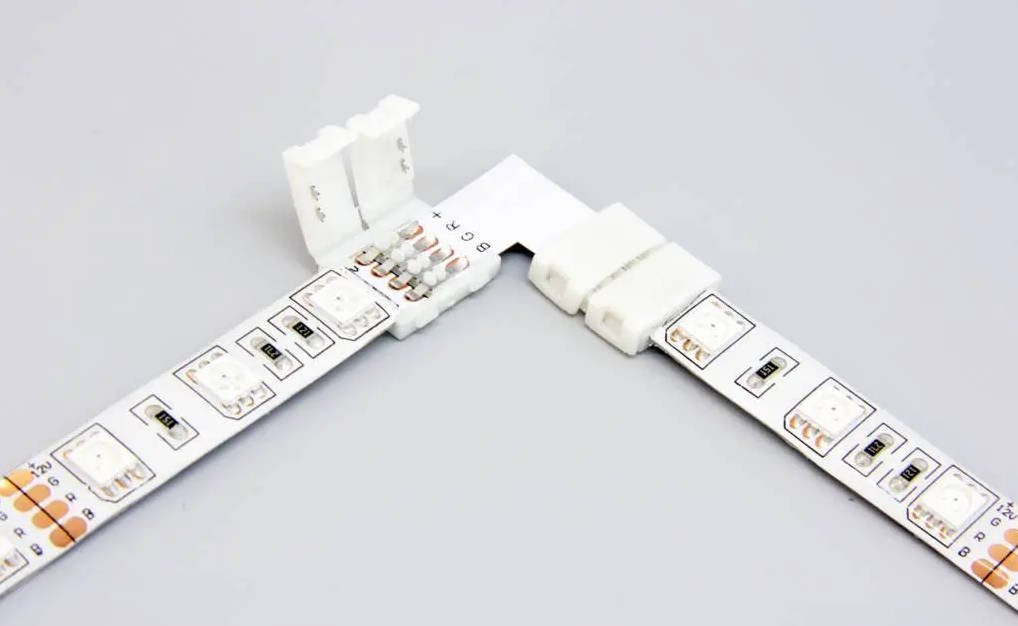Introduction
Purchasing LED extension cables requires careful consideration to ensure they meet quality and durability standards. This article will guide you through the essential steps to test LED extension cables effectively.

Understanding Quality and Durability Factors
LED extension cables serve as vital components in lighting installations. To guarantee optimal performance, assessing their quality and durability before purchase is crucial. Material quality, manufacturing standards, and environmental considerations significantly impact the cable’s longevity and reliability.
Pre-Purchase Considerations
Before buying LED extension cables, research reputable manufacturers and suppliers. Look for companies with a track record of producing high-quality products. Reading product specifications and reviews can provide valuable insights into the cable’s performance and durability. Additionally, understanding warranty and return policies ensures peace of mind in case of any issues.
Physical Inspection
A thorough physical inspection is essential to assess the quality of LED extension cables. Start by examining the cable’s exterior for any signs of damage, such as cuts, abrasions, or fraying. High-quality cables should have a durable outer sheath that protects the internal wires from external hazards. Flexibility and bend radius testing ensure the cable can bend without cracking or breaking. Check the quality of connectors to ensure they fit securely and maintain proper electrical contact. Look for adequate insulation to protect against electrical shocks and environmental factors like moisture or heat.
Electrical Testing
Conducting electrical tests is vital to verify the integrity and performance of LED extension cables. Use a multimeter to perform continuity testing, ensuring no breaks in the electrical circuit. Voltage drop testing helps assess the cable’s ability to transmit power efficiently over long distances without significant voltage loss. Insulation resistance testing checks the insulation’s effectiveness in preventing electrical leakage and ensuring user safety. Additionally, overload and surge testing simulate real-world conditions to evaluate the cable’s durability under stress.
Environmental Testing
LED extension cables often operate in diverse environmental conditions, so conducting environmental tests is crucial. Test the cable’s temperature resistance by subjecting it to high and low temperatures to ensure it can withstand extreme weather conditions. Moisture and waterproof testing assesses the cable’s ability to resist water ingress, making it suitable for outdoor or humid environments. UV resistance testing evaluates the cable’s resistance to sunlight exposure, ensuring longevity in outdoor applications.
Practical Testing Methods for Users
While professional testing equipment provides accurate results, users can perform some basic tests themselves. Visual inspection and flexibility testing can be done without specialized tools to assess the cable’s physical condition. Continuity testing using a simple continuity tester or multimeter helps verify electrical connectivity. However, for more comprehensive testing, especially for critical applications, it’s advisable to seek professional assistance from qualified technicians or testing laboratories.
Where to Find Quality LED Extension Cables
When searching for LED extension cables, sourcing them from reliable manufacturers and suppliers is essential. Reputable LED extension cable manufacturers adhere to strict quality control measures and manufacturing standards, ensuring their products meet industry requirements. Additionally, established suppliers often offer a wide range of options and provide excellent customer support, assisting buyers in selecting the right cables for their needs. Conduct thorough research and consider product quality, pricing, and customer reviews when choosing a manufacturer or supplier.
Recommendations for LED Extension Cable Selection
After testing LED extension cables for quality and durability, it’s time to make an informed purchasing decision. Opt for cables that have passed rigorous testing and demonstrate excellent performance in physical, electrical, and environmental assessments. Consider factors such as cable length, gauge, and connector type to ensure compatibility with your lighting setup. Additionally, prioritize waterproofing and UV resistance, especially for outdoor applications. When in doubt, consult with knowledgeable professionals or seek recommendations from trusted sources to make the best choice.
Conclusion
Testing LED extension cables for quality and durability is crucial in ensuring your lighting projects’ success. By following the guidelines outlined in this article and sourcing cables from reputable manufacturers and suppliers, you can be confident in the reliability and performance of your chosen cables. Remember to prioritize safety and compatibility when selecting LED extension cables, and don’t hesitate to seek assistance if you encounter any uncertainties along the way. With proper testing and careful selection, you can enjoy long-lasting, hassle-free lighting installations powered by high-quality LED extension cables.



